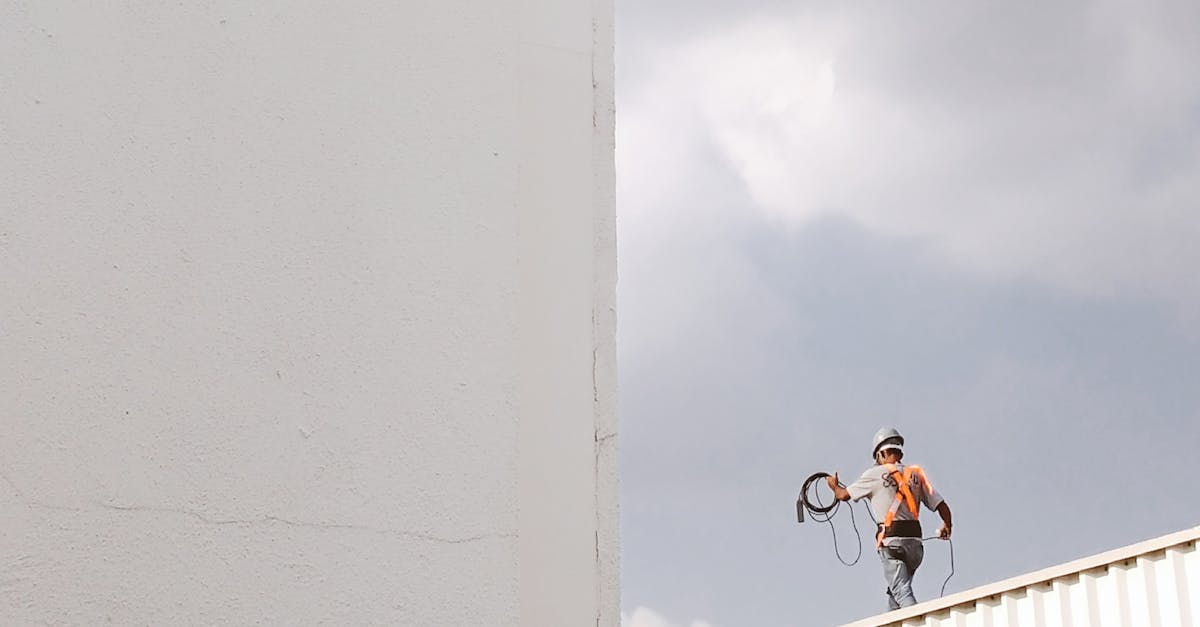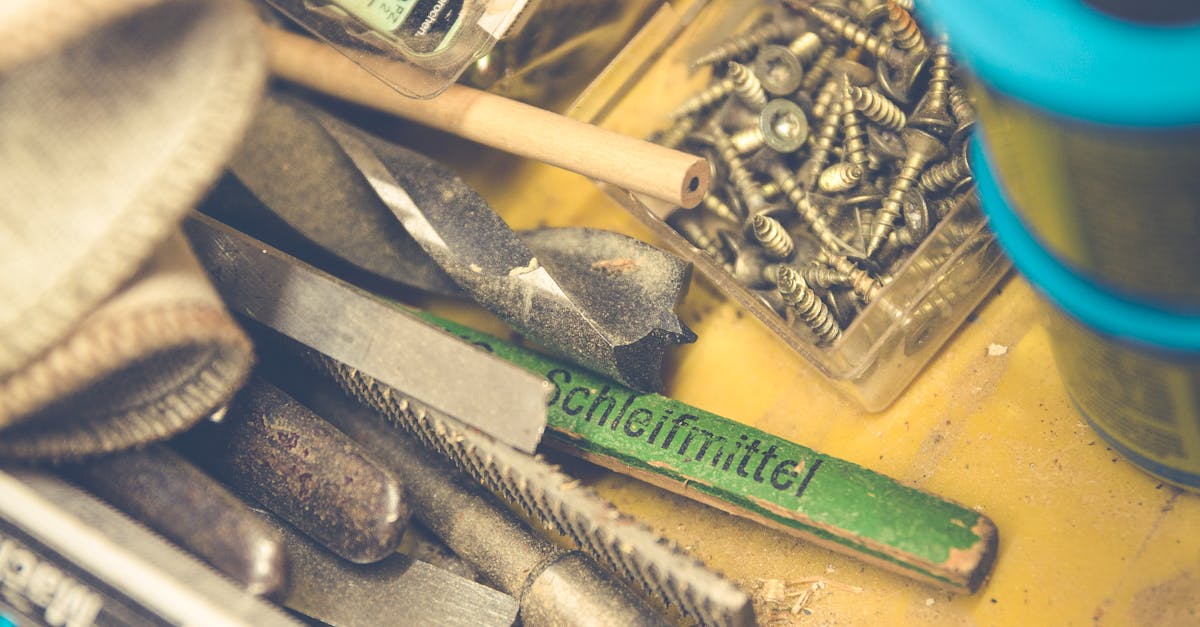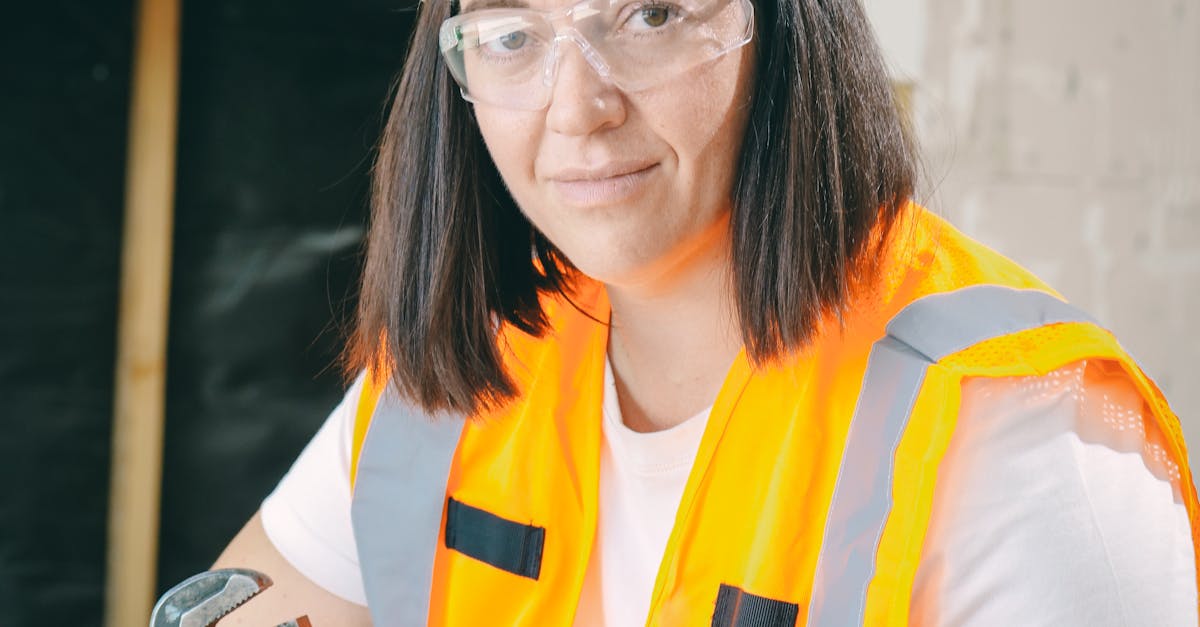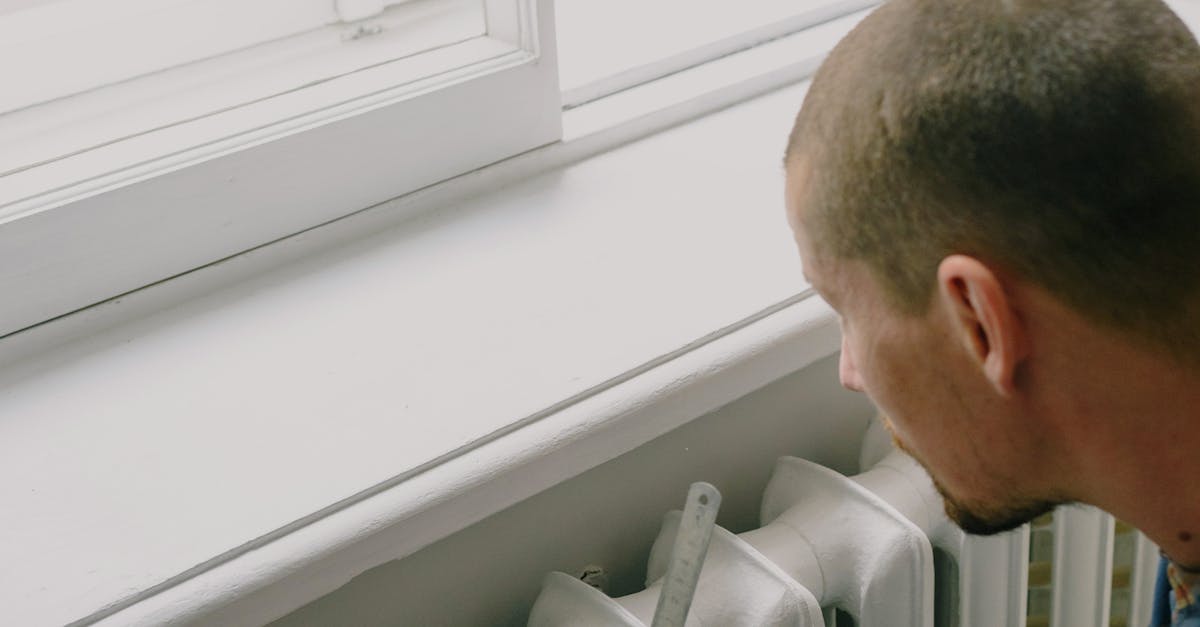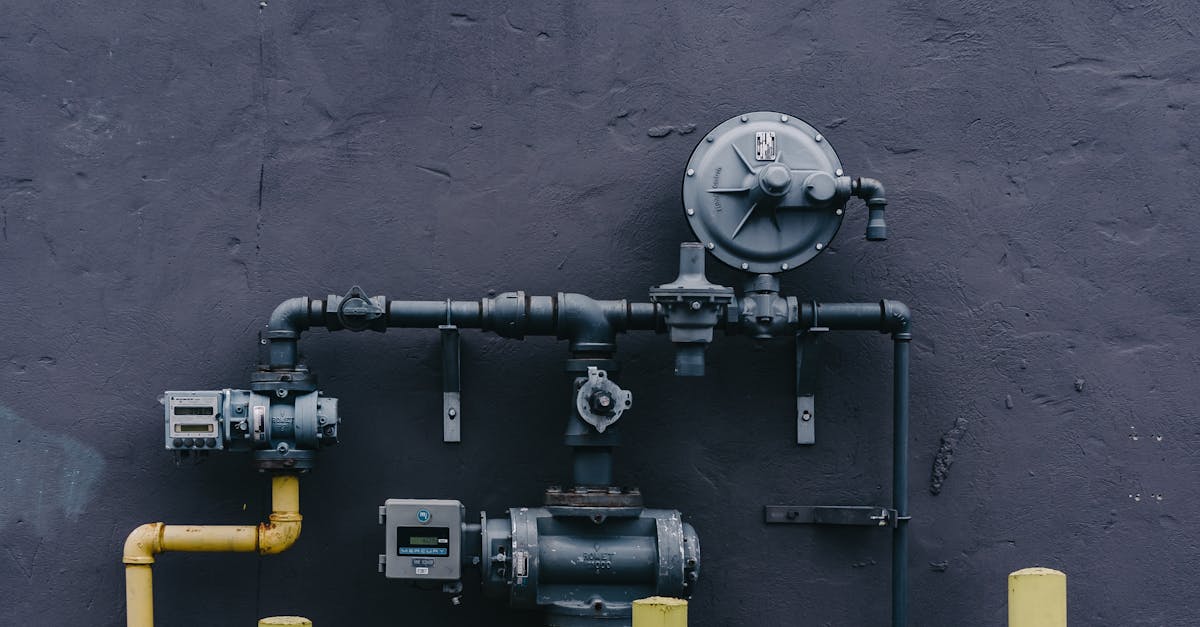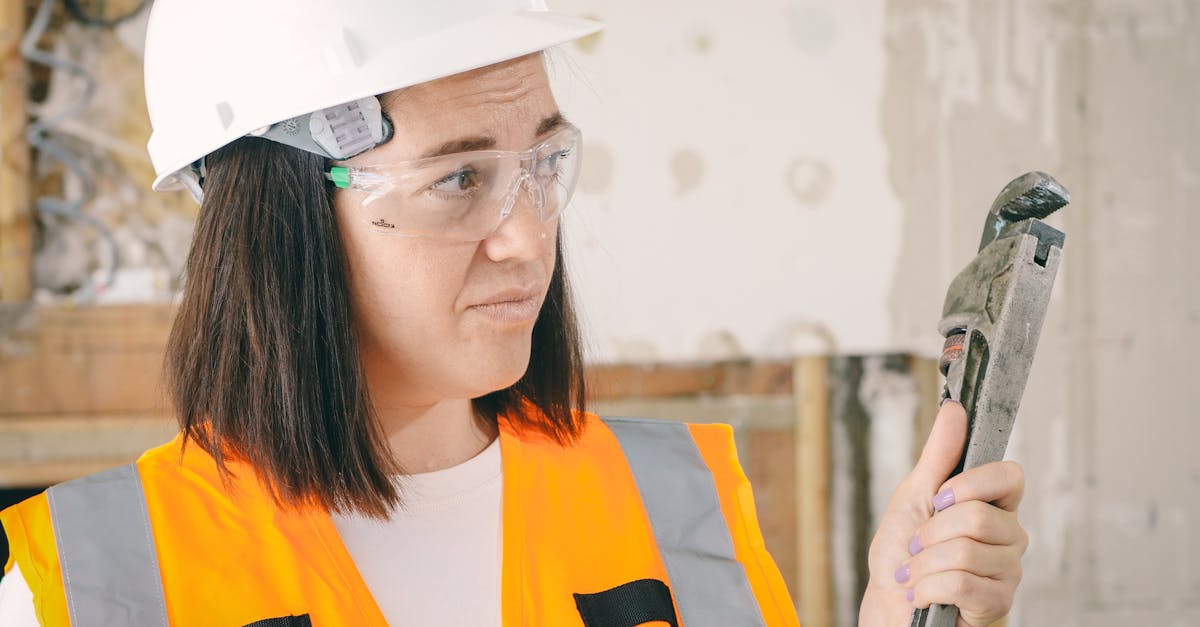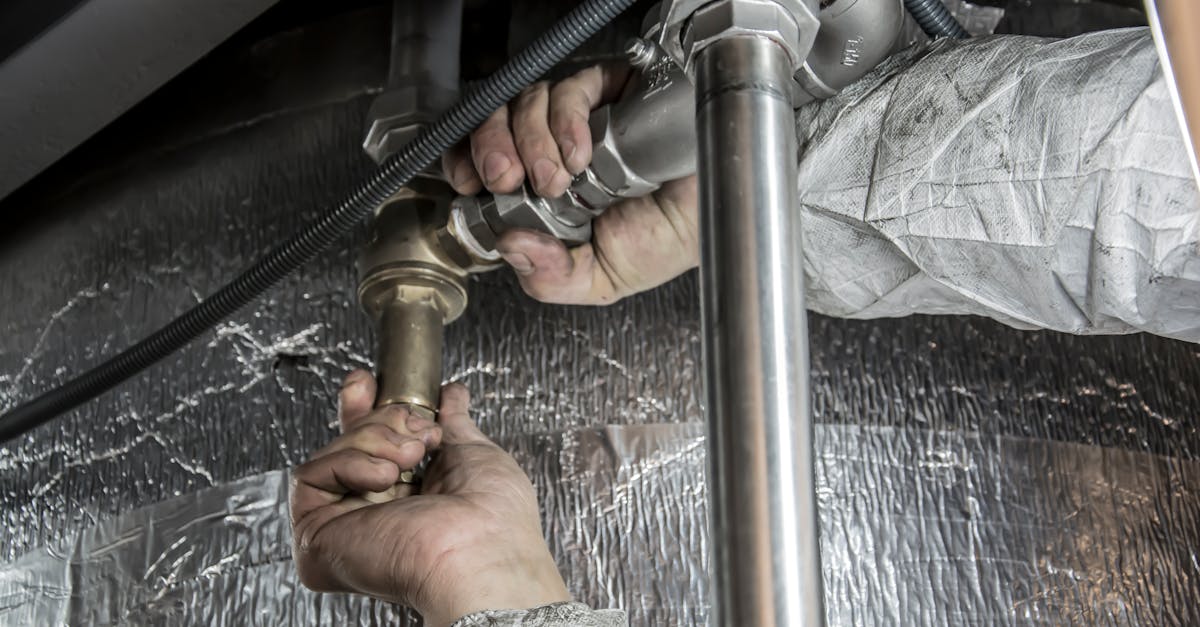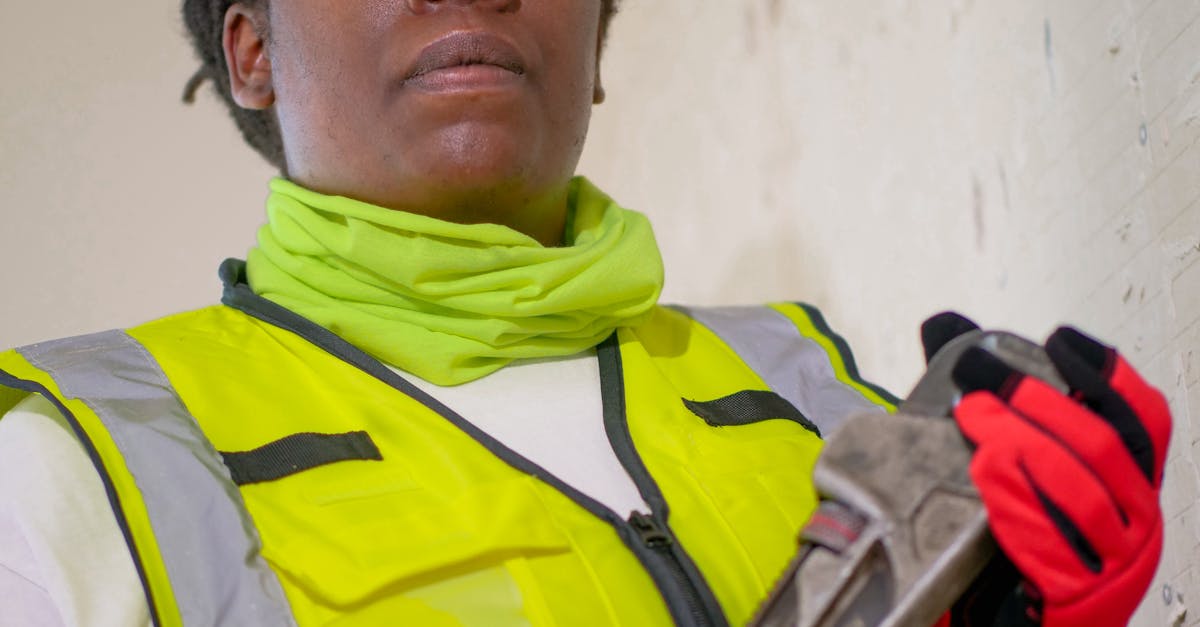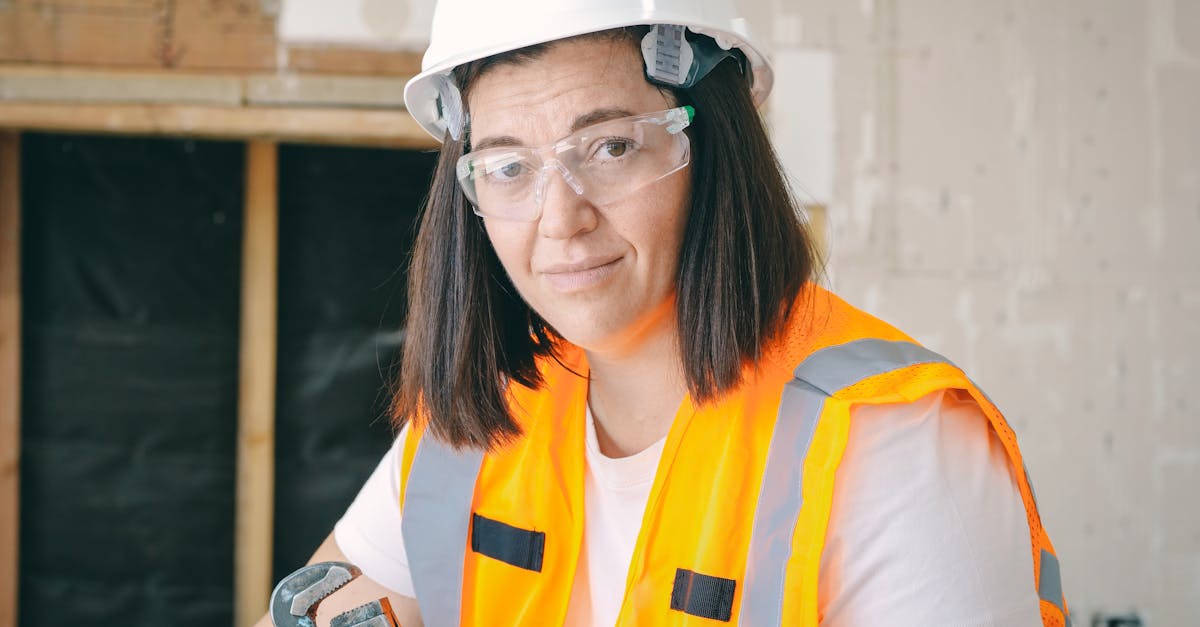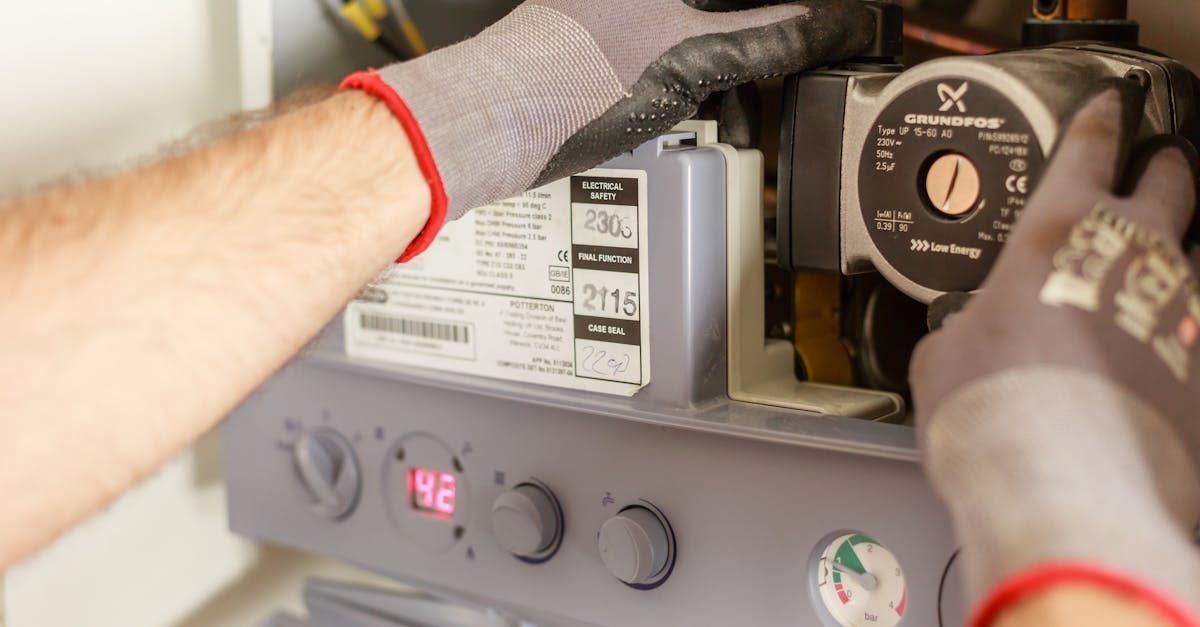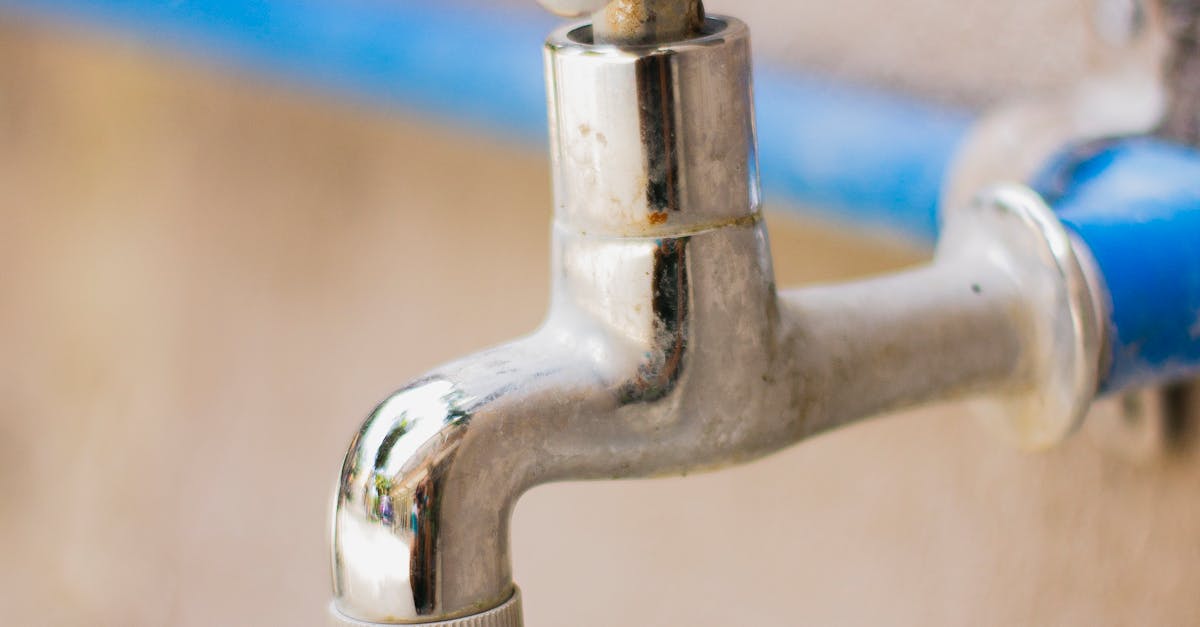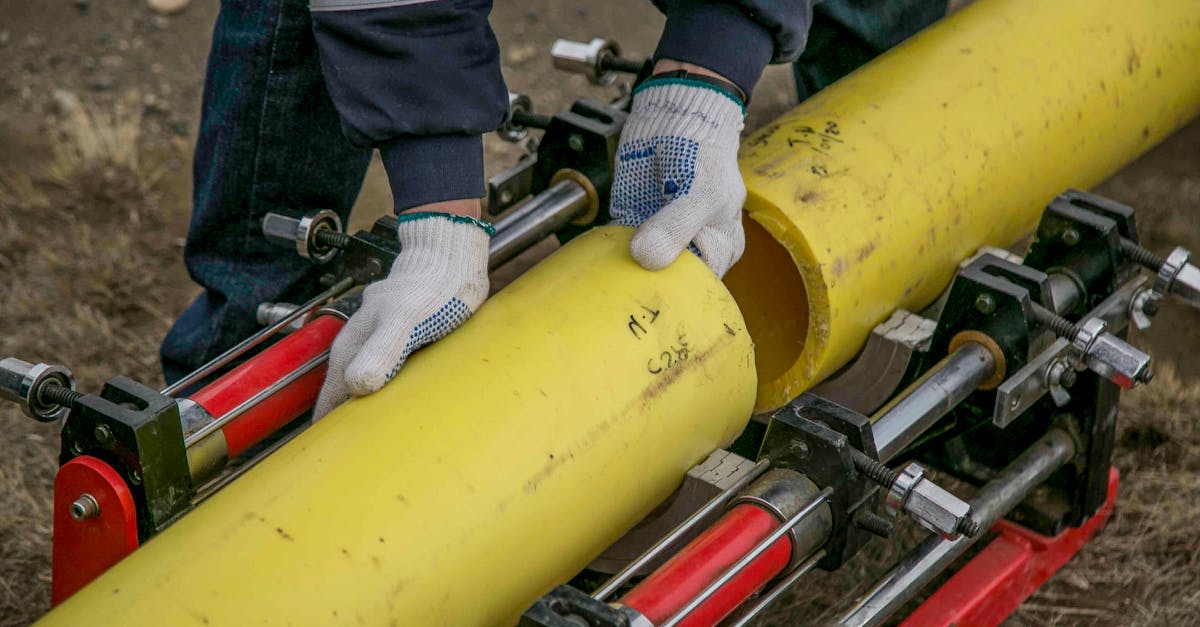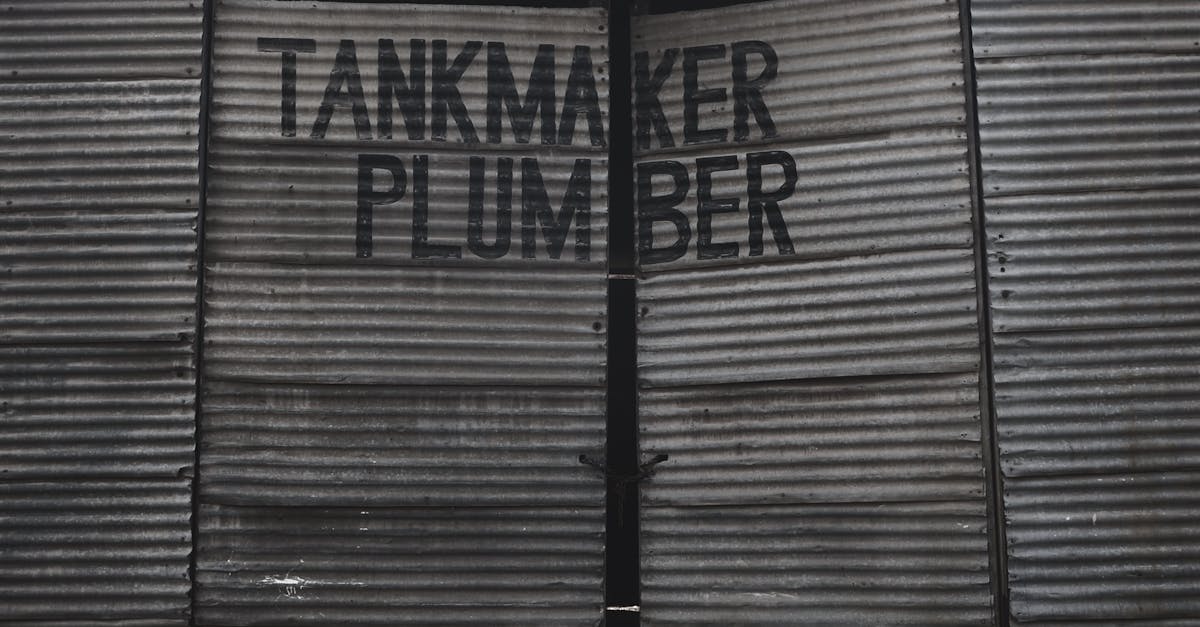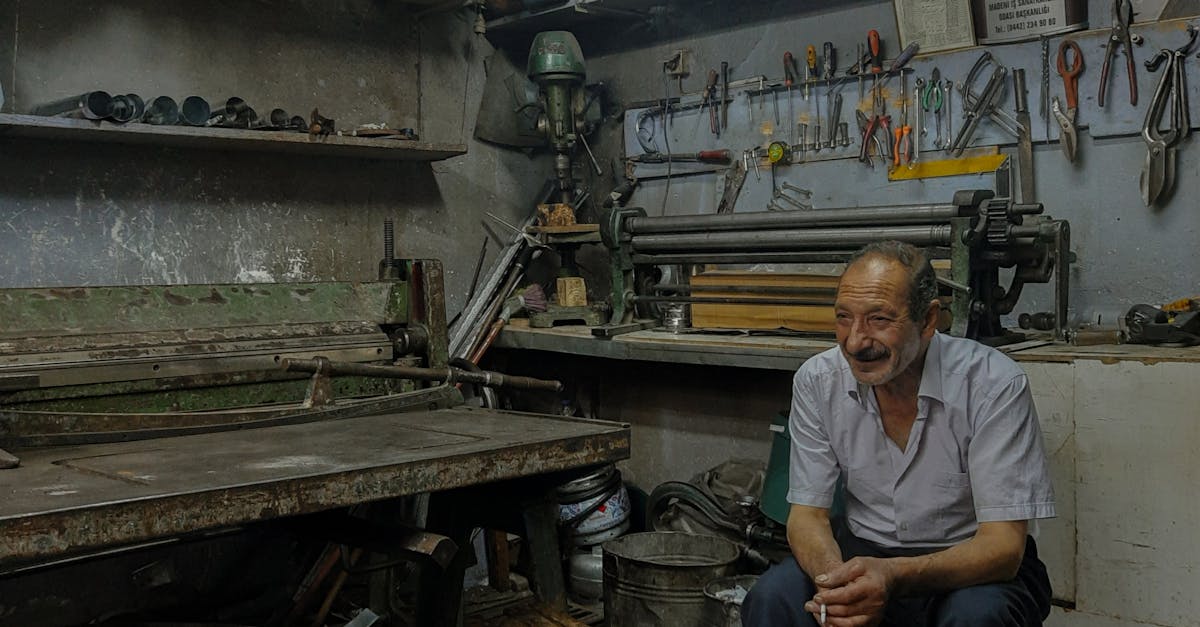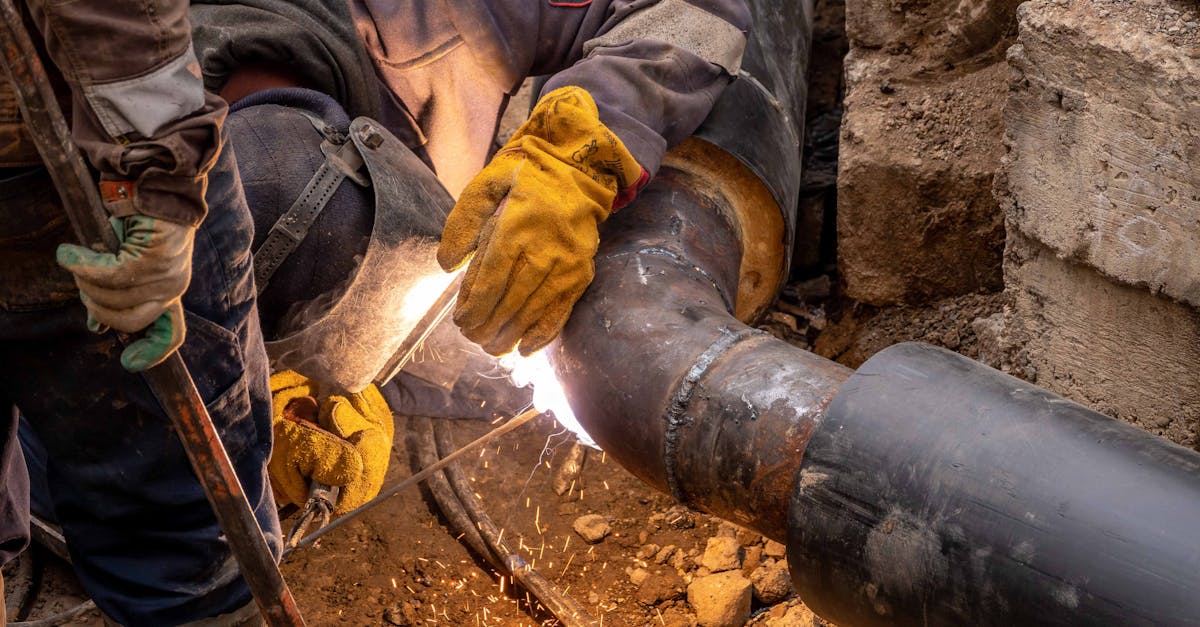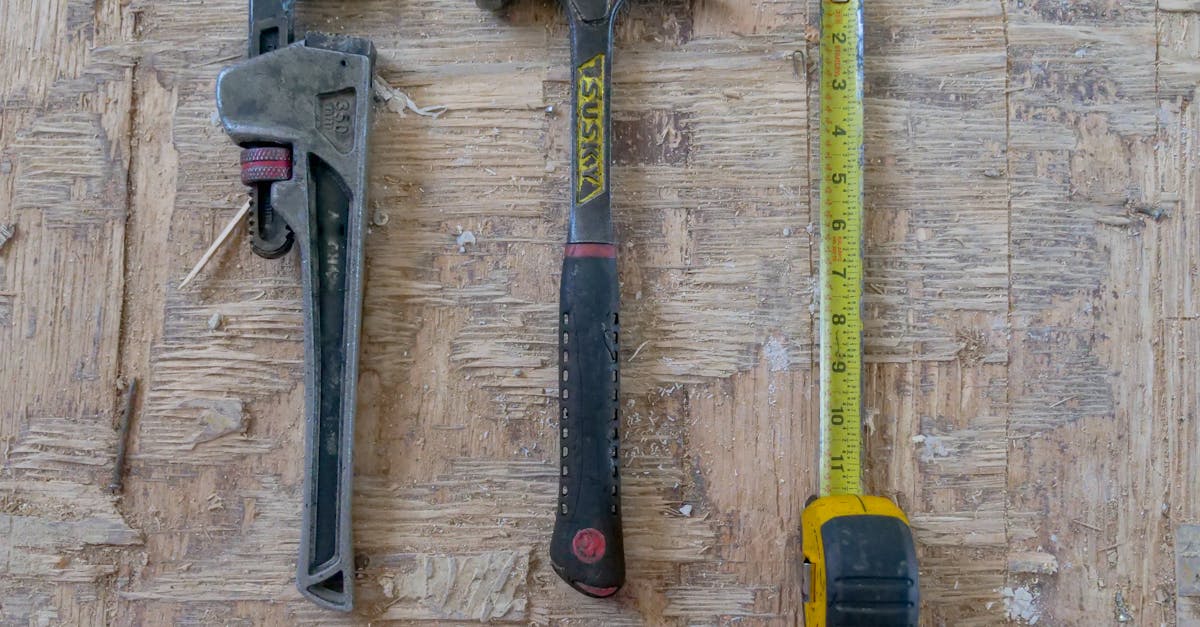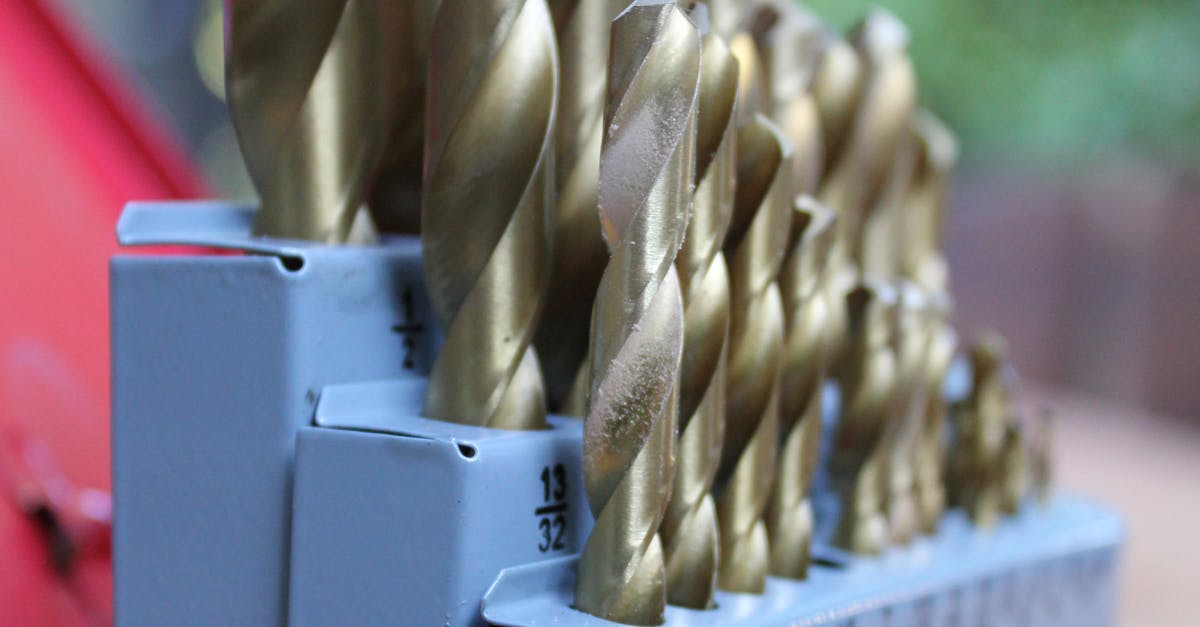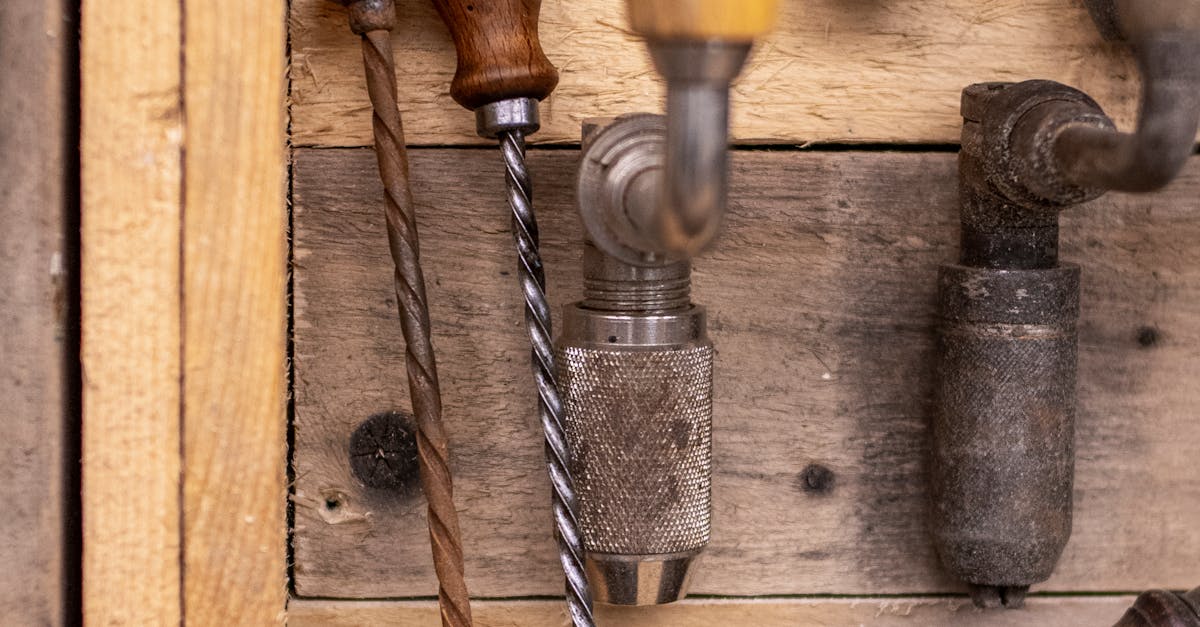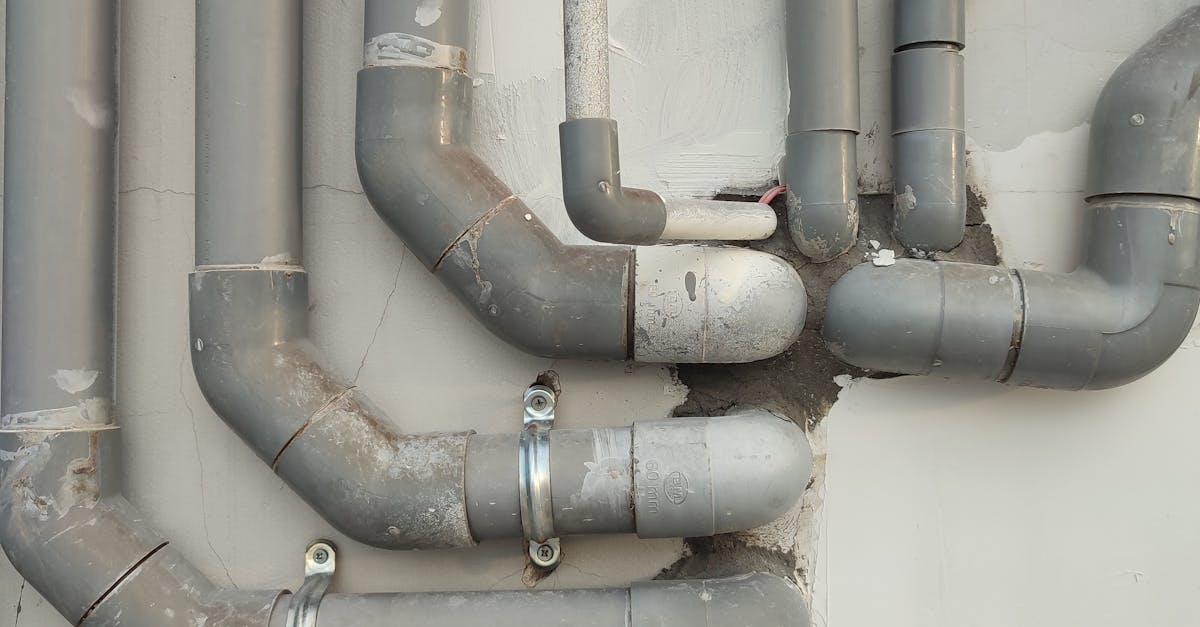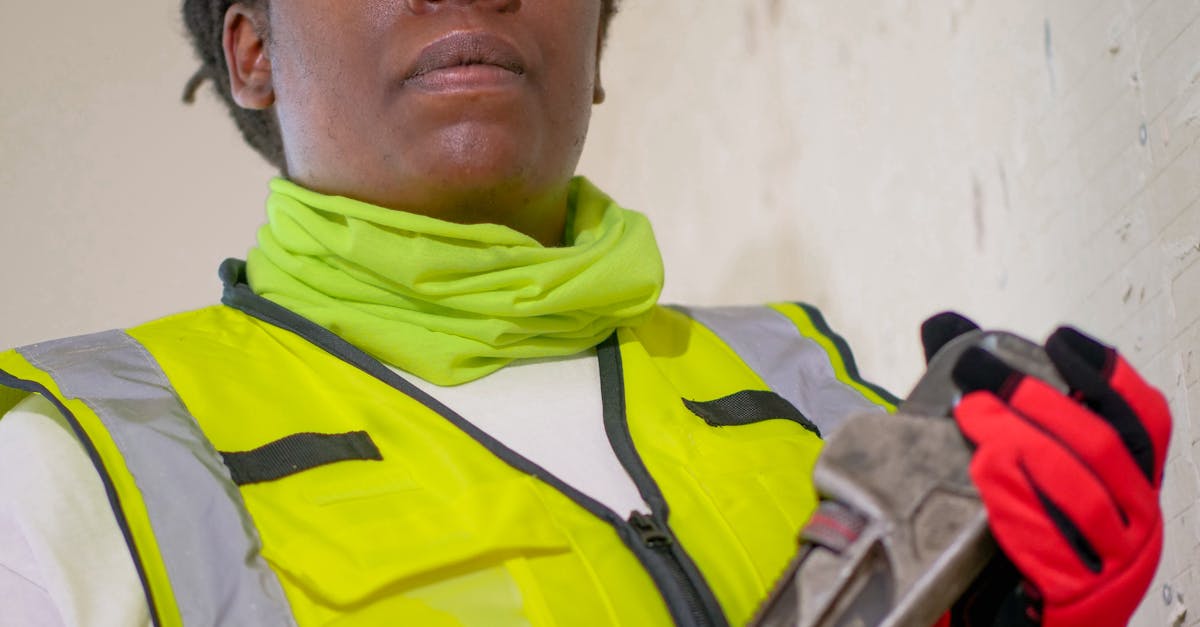
Table Of Contents
Flushing the Water Heater
Flushing the water heater is an essential maintenance task that helps ensure its efficiency and longevity. Sediment and mineral deposits can accumulate over time, leading to reduced performance and potential damage. To perform this task, you'll need to attach a garden hose to the drain valve at the bottom of the tank and direct the other end to a suitable drainage area. Open the valve and allow the water to flow out until it runs clear, which indicates most of the debris has been removed.
Regular flushing not only improves your hot water system's efficiency but also prevents costly repairs in the future. Neglecting this task can lead to overheating or even system failure, which can necessitate hot water system repairs. By incorporating this practice into your routine maintenance schedule, you can ensure a reliable supply of hot water when you need it.
Removing Sediment BuildUp
Sediment build-up in a hot water heater can disrupt the system’s efficiency and reduce the quality of hot water. Over time, minerals like calcium and magnesium settle at the bottom of the tank. This can lead to problems such as discolored water or unusual noises. Regular flushing of the tank helps to remove this sediment. This simple maintenance step prevents clogs and extends the lifespan of the water heater.
When carrying out hot water system repairs, it is crucial to ensure that you address any sediment issues first. Begin by turning off the heater and draining the tank before flushing. You can connect a garden hose to the drain valve and let the water run until it runs clear. Doing this not only enhances performance but also prepares the system for any additional repairs or maintenance checks needed.
Checking the Pressure Relief Valve
The pressure relief valve is a crucial component of your hot water heater. It serves as a safety feature that prevents excessive pressure from building up inside the tank. A malfunctioning valve can lead to serious issues, including leaks or even an explosion. Checking this valve should be part of your regular maintenance routine. Lift the lever on the valve briefly to let some water out; if water flows freely, the valve is working properly. If no water comes out or if there’s a constant drip, it may need replacement.
When dealing with hot water system repairs, addressing the pressure relief valve should be a priority. If you find that the valve is faulty, ensure you replace it with one that matches your water heater's specifications. This replacement process generally requires basic tools and can often be done as a DIY project. However, if you’re not comfortable working with plumbing fixtures, contacting a professional service might be the best course of action. Regular checks of this valve can help maintain the safety and efficiency of your hot water heater.
Ensuring Proper Functionality
It's essential to ensure that the pressure relief valve on your hot water heater is functioning correctly. This valve is a critical safety feature that prevents excessive pressure buildup within the tank. If the valve is not working, it can lead to dangerous situations, such as the tank bursting. Regular checks for leaks or signs of wear can help identify any issues early, preventing potential hazards.
During routine maintenance, examine the hot water heater for unusual noises or inconsistent water temperatures. Such signs may indicate underlying problems that require attention. If you notice anything unusual, seek professional help to assess and resolve the matter promptly. Skilled technicians often specialize in hot water system repairs, which can enhance the safety and efficiency of your heating system.
Understanding Warranty and Coverage
When dealing with a malfunctioning hot water heater, it's essential to understand the warranty coverage that comes with your unit. Most manufacturers provide a standard warranty that covers parts and sometimes labor for a set period. Specific terms can vary widely depending on the brand and model of your water heater. Therefore, it is crucial to review the warranty details to know what repairs are included and how to initiate a claim.
Hot water system repairs can be costly if they're not covered under warranty. Familiarizing yourself with the manufacturer’s policies ensures you don't incur unexpected expenses. Some warranties may require regular maintenance to remain valid, so keeping records of service can be beneficial. Understanding these elements will help you make informed decisions about repairs and replacements in the future.
Reviewing Manufacturer Policies
When dealing with a malfunctioning hot water heater, it's essential to review the manufacturer's policies regarding warranty and coverage. These policies will often outline what types of repairs are included, what is considered normal wear and tear, and how long the warranty is valid. Understanding these details can help clarify whether you may be entitled to free repairs or replacements for your hot water system repairs.
Additionally, manufacturers may have specific guidelines for maintenance that can impact your warranty status. Following these guidelines not only ensures the longevity of your hot water heater but also helps protect your investment. It's wise to document any maintenance performed and keep receipts, as these records may be required if a warranty claim becomes necessary.
FAQS
What are the common signs that my hot water heater is not working?
Common signs include lack of hot water, strange noises coming from the unit, water discoloration, or leaks around the heater.
How often should I flush my hot water heater?
It is generally recommended to flush your hot water heater once a year to remove sediment build-up and maintain its efficiency.
What should I do if my pressure relief valve is leaking?
If the pressure relief valve is leaking, it's important to replace it immediately to prevent potential pressure buildup and ensure safe operation of the water heater.
Does my water heater come with a warranty?
Most water heaters come with a manufacturer’s warranty that covers parts for a specific period, typically ranging from 6 to 12 years, depending on the model and brand.
How can I check if my hot water heater is still under warranty?
You can check if your hot water heater is under warranty by reviewing the documentation that came with the unit, checking the manufacturer's website, or contacting their customer service with your model information.


